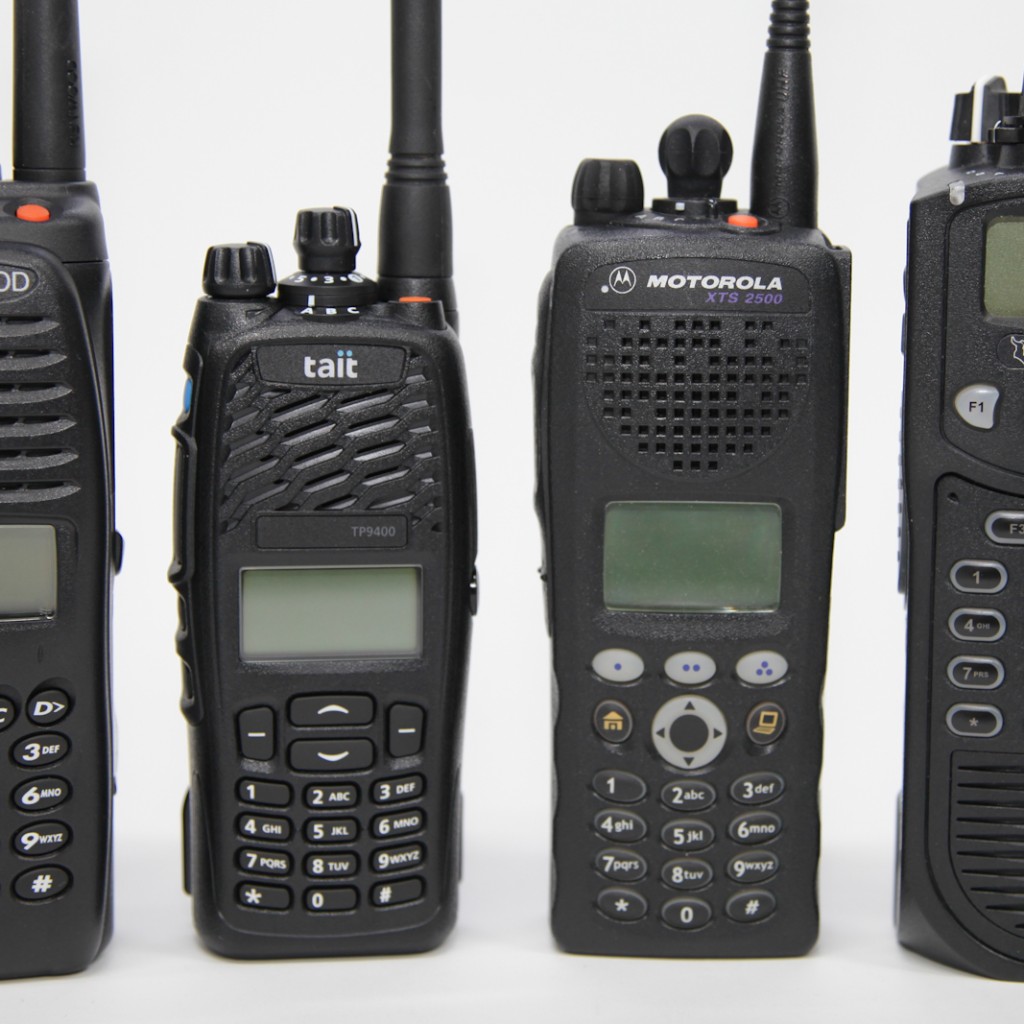
Tech companies say opening up the radio frequencies used by first responders and infrastructure workers could bring better mobile data speeds to consumers, and the FCC seems to be giving it some thought.
Apple, Cisco, HP, Facebook, Google, Intel, and others made their pitch to the FCC last year, asking the commission to look into the allowing the public more access to mid-range radio bands, including the 6GHz band used by most public safety agencies.
Those business followed up the ask with a letter earlier this year, pointing to a study claiming that “unlicensed services can successfully coexist with the primary services present in the 6 GHz band” and “the need for new unlicensed spectrum is urgent.”
The tech giant-backed study says interference is non-existent “99 percent of the time,” but the Fixed Wireless Communications Coalition, which includes manufacturers of the microwave radios used by public safety agencies, says that claim is bunk.
FWCC argues the torrent of transmission following public use of the 6GHz band would wreak havoc on microwave radio systems – their study showed 70 percent of microwave receivers would see a 10 decibel drop if the change was approved, while one in 33 receivers would be hit with 40 decibels or more of interference.
That level of interference would be “enough to completely disable most links even under optimum conditions,” according to the study.
FWCC added that other microwave receivers could fail from interference if they are within the line-of-sight of a consumer tower operating in their reserved frequency – even if they are miles apart.
Such interference could throw a wrench into time-critical radio communications, and not just for police, fire fighters and EMTs. The 6GHz band commonly used to synchronize the movement of trains or oil and gas pipelines, balance electrical grids, or for the communication needs of financial centers.
The group, led by Aviat Networks, is aiming to build push back on the plan with a new website and petition drive.
Aviat, a California-based company, has outfitted several Florida municipalities with the technology they need to stay connected during Hurricanes or other natural disasters.



